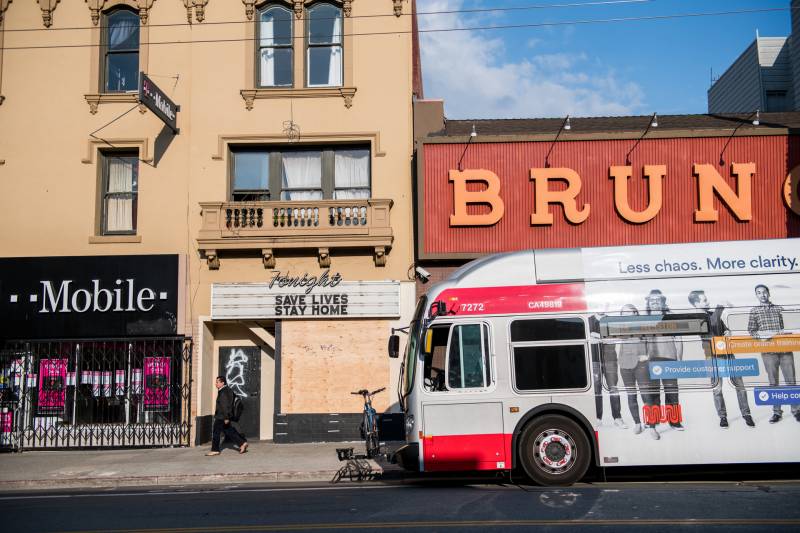Since the closure of California schools in mid-March, the state has attempted to build up its "distance learning" program, through investments in internet connectivity and by garnering donations of laptops and tablets.
But Newsom acknowledged the challenge of replicating a classroom experience for millions of California children.
"We recognize that there has been a learning loss because of this disruption," he said.
The reopening of schools and child care facilities will occur in stage two of the administration's strategy — along with businesses beyond those currently deemed "essential." That includes some manufacturers, along with stores offering curbside pickup of items ordered in advance.
Before opening their doors, these businesses would have to modify their workplaces to allow for physical distancing and provide employees with wage replacements if they need to stay home sick.
At the same time, California would have to increase the availability of testing and ensure hospital capacity if cases of coronavirus begin to rise.
"It’s one thing to open a business, but if there’s no demand it’s a false promise," Newsom said. "I deeply want to emphasize the importance of protecting customers ... and workers, at the same time we’re emphasizing businesses as entities in the abstract."
Next, in stage three would come businesses and gatherings that traditionally involve more close contact: nail and hair salons, gyms, churches and weddings.
Those openings are likely "months, not weeks" away, said Dr. Sonia Angell, director of the California Department of Public Health, who described that phase as including "those areas that are higher risk, those sectors that we think will take a lot more modification to adapt in a way that people can move with lower risk.”

